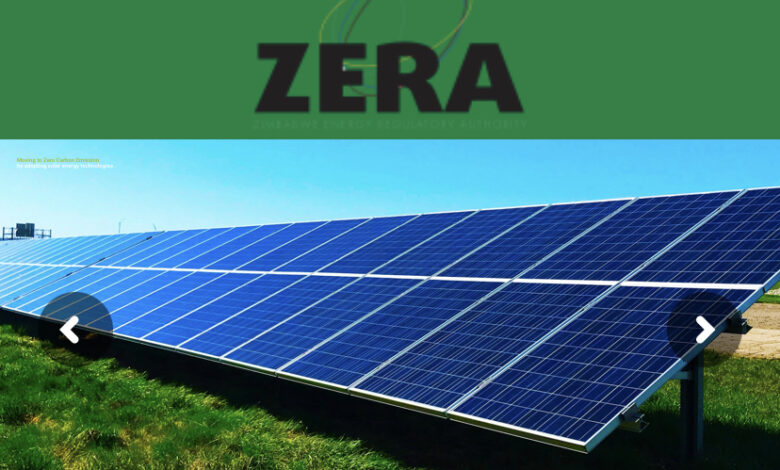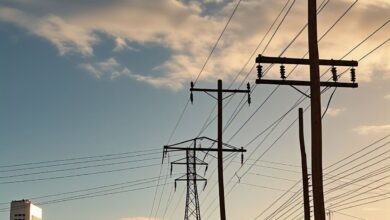Zimbabwe’s Energy Crisis: What Are the Solutions?

Zimbabwe’s energy crisis has been a persistent problem for years, affecting both businesses and individuals. The country faces significant power deficits, with peak electricity demand exceeding available generation capacity. Therefore, this article explores Zimbabwe’s energy crisis solutions, focusing on the need for a comprehensive approach that addresses the root causes of the problem.
Understanding the Crisis
Zimbabwe’s energy crisis is characterised by power outages, low generation capacity and an over-reliance on non-renewable energy sources. Additionally, the country’s energy infrastructure is aging and investment in the sector has been insufficient. According to the World Bank, Zimbabwe’s power shortages cost the country approximately 6.1% of its GDP annually.
Zimbabwe’s Energy Crisis Solutions
Hence, to address the energy crisis, Zimbabwe must adopt a multifaceted approach that includes:
Diversifying Energy Sources
Firstly, Zimbabwe must diversify its energy sources to reduce dependence on non-renewable energy. Renewable energy sources like solar, wind and hydroelectric power offer viable alternatives. Investing in renewable energy technologies can increase generation capacity and reduce greenhouse gas emissions. Furthermore, this will improve access to electricity for domestic and commercial use. This in turn will spur development and improve the socio-economic status of citizens
Grid Expansion and Modernisation
Secondly, the country’s grid infrastructure needs expansion and modernisation to accommodate growing demand and integrate renewable energy sources. This, therefore, includes upgrading transmission lines, substations and distribution networks. Zimbabwe’s manufacturing, production and services sectors are growing and expanding. Therefore, access to reliable source of electricity is vital to keep operations going to feed into the much-needed economic growth. Furthermore, this expansion and modernisation will ensure that access to this renewable power will be uninterrupted.
Energy Efficiency Measures
Thirdly, implementing energy efficiency measures can reduce energy consumption and alleviate pressure on the grid. This includes promoting the use of energy-efficient appliances, retrofitting buildings with energy-saving technologies and encouraging behavioural change. Moreover, with regards to behavioural changes encouraging consumers to use energy-efficient LED bulbs and appliances. Also, encourage insulation of homes and buildings to reduce heat loss. Finally, promote the use of power strips to plug in electronics and turn off with one switch.
Private Sector Investment
Additionally, attracting private sector investment is crucial for Zimbabwe’s energy crisis solutions. This can be achieved through public-private partnerships, independent power producers and encouraging foreign investment in the energy sector.
Addressing Policy and Regulatory Frameworks
Lastly, Zimbabwe must address its policy and regulatory frameworks to create an enabling environment for investment in the energy sector. This includes reviewing tariffs, streamlining licensing processes and ensuring a level playing field for all market participants.
Conclusion
Zimbabwe’s energy crisis requires a comprehensive and sustainable solution. By diversifying energy sources, expanding and modernising the grid, implementing energy efficiency measures, attracting private sector investment and addressing policy and regulatory frameworks, Zimbabwe can overcome its energy challenges and achieve sustainable economic growth. Implementing these Zimbabwe’s energy crisis solutions will require a coordinated effort from the government, private sector, civil society and the general populace.





